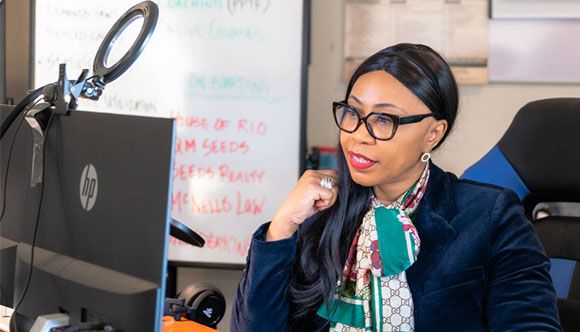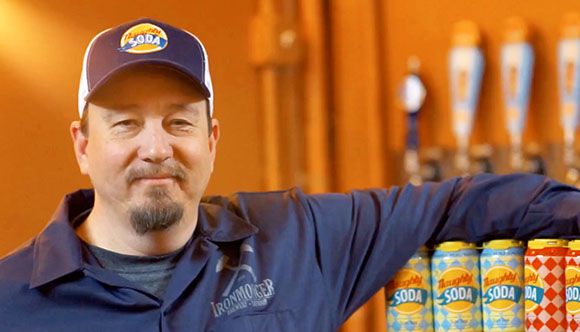Ann Rea

Background
Ann Rea is a California-based painter and entrepreneur who successfully transitioned from an unfulfilling corporate job to a thriving career as a professional artist. After studying industrial and graphic design at the Cleveland Institute of Art, Ann initially worked in design before finding herself stuck in a creatively stifling "cubicle job." Encouraged by renowned painter Wayne Thiebaud to pursue her passion, Ann decided to turn her love for painting into a full-time career, despite having no formal business background.
“Selling art is very different, because you're in a very saturated market. You have to create value above and beyond the art itself.”
Ann Rea
Artist
Problem
Ann faced the challenge of making a living as an artist in a saturated market. She needed to create value beyond her artwork and find a way to stand out from other artists. Additionally, Ann had to overcome the pervasive myth that artists can't or shouldn't think about business, which often prevents creatives from monetizing their talents effectively. She needed a way to plan and execute her business strategy without compromising her artistic integrity.

Solution
Ann developed a unique business model by partnering with wineries in Napa and Sonoma, offering to paint their vineyards and provide reproductions as gifts for their best clients. To support her business growth, Ann turned to LivePlan. The software's question-and-answer feature helped her clarify her thoughts and effectively communicate her message. LivePlan's online accessibility allowed her to easily share information and gather feedback from colleagues and mentors. Ann also appreciated the tool's flexibility, which allowed her to create a business plan that suited her specific needs as an artist-turned-entrepreneur.
Outcome
Using LivePlan to develop and refine her business strategy, Ann not only met but exceeded her initial goal of earning $100,000 from her artwork in her first year. Her success story gained media attention, leading other artists to seek her advice. This demand prompted Ann to start a blog called "Artists Who THRIVE" and develop an eight-course program called "The MAKING Art Making MONEY Semester." Ann now uses LivePlan to reposition her brand and continue growing her business. She credits the software with helping her maintain focus on her mission and values while adapting to changes in her business environment, and she now helps other creatives achieve similar results by sharing her knowledge of business planning and entrepreneurship.
Related Articles

Advisors
LivePlan forecasts help Enae guide her clients and her own growth as an advisor

Advisors
Ron uses LivePlan to facilitate and design the business planning process for clients

Educators
Corey has shown hundreds of students how to refine their vision with LivePlan

Funding
Connecting QuickBooks and LivePlan helps David always be ready to pitch to investors
Try LivePlan Today
Totally risk free. 35-day money-back guarantee.


